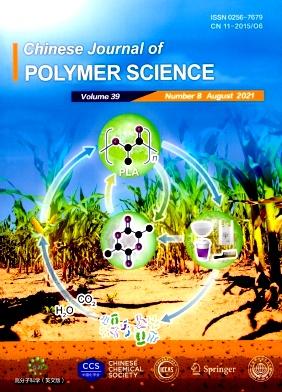Static Flocculation in Carbon Black-filled Rubber: from Constrained Filler Motion to Polymer-driven Interfacial Reinforcement
Abstract
The flocculation behavior of carbon black (CB)-filled isoprene rubber (IR) nanocomposites was systematically investigated under both dynamic and static conditions to unravel the distinct mechanisms governing filler network evolution. Under dynamic conditions, small oscillatory shear strains (0.1%) significantly enhanced filler particle motion, leading to pronounced agglomeration and a flocculation degree of about 4.3 MPa at 145 °C. In contrast, static flocculation exhibited a fundamentally different mechanism dominated by polymer chain dynamics, which is driven mainly by thermal activation. Radial distribution function (RDF) analysis of transmission electron microscopy (TEM) images revealed a slight decrease (2 nm) in the interparticle distance peak after static annealing at 100 °C for 7 h, indicating localized motion of CB particles. However, the overall filler network remained stable, with no significant agglomeration observed. The increase in bound rubber content from about 23% to 28% with rising temperature further confirmed the dominant role of polymer chain adsorption and interfacial reinforcement in static flocculation. These findings highlight the critical influence of external strain on filler network formation and provide new insights into the polymer-dominated mechanism of static flocculation. The results offer practical guidance for optimizing the storage and processing of rubber nanocomposites, particularly in applications where static flocculation during prolonged storage is a concern.

 求助内容:
求助内容: 应助结果提醒方式:
应助结果提醒方式:


